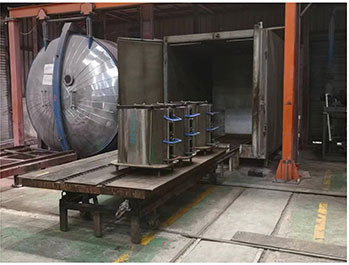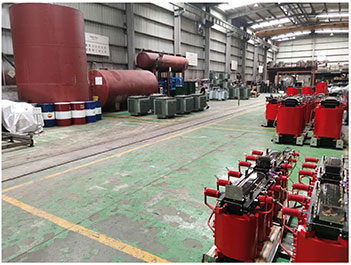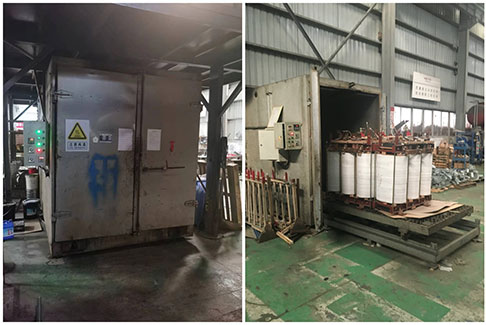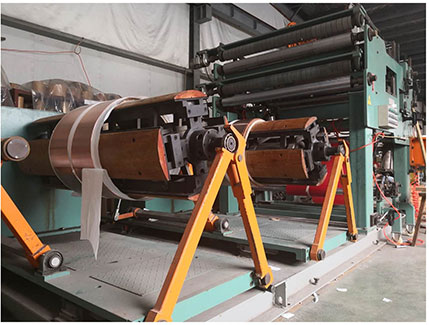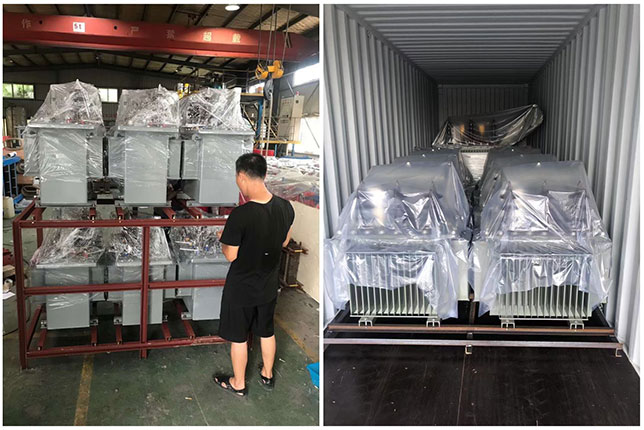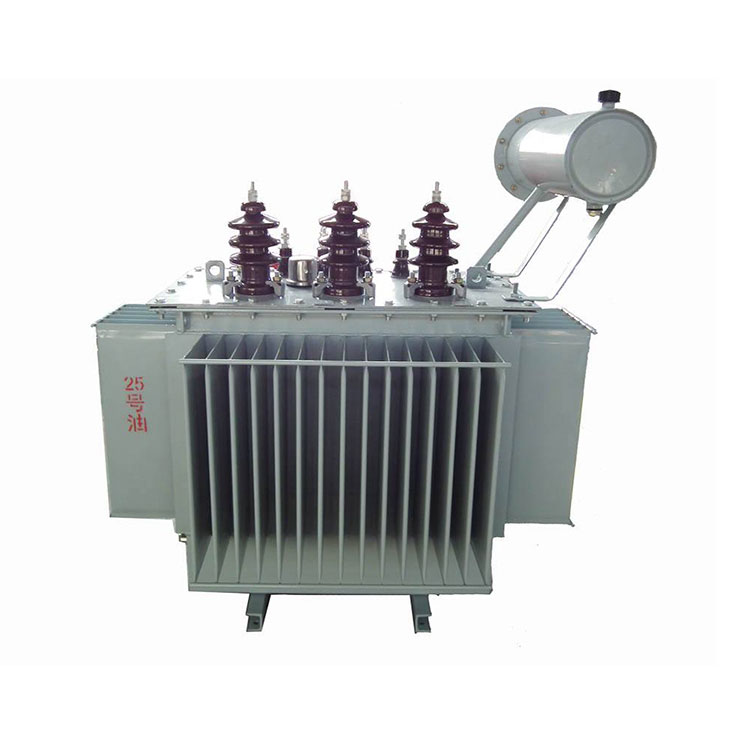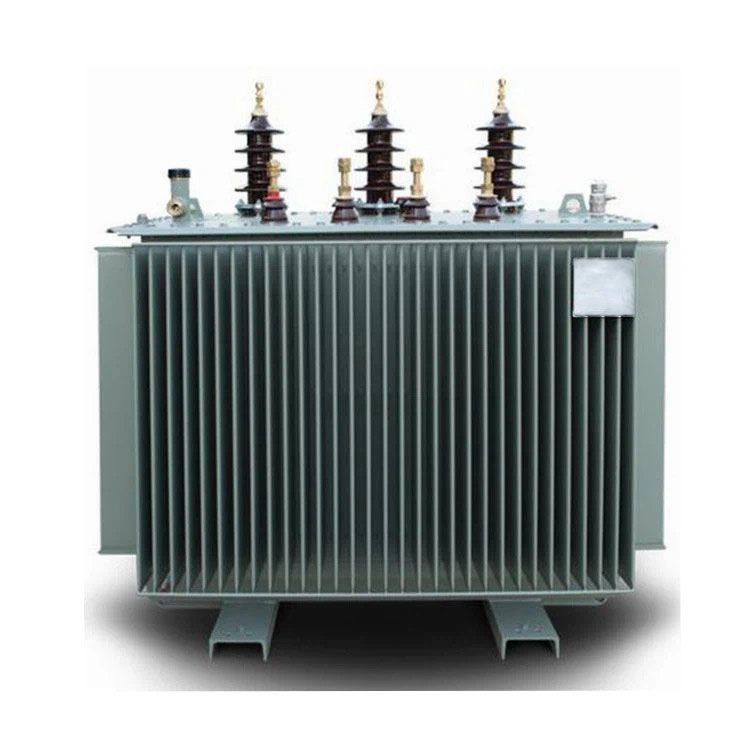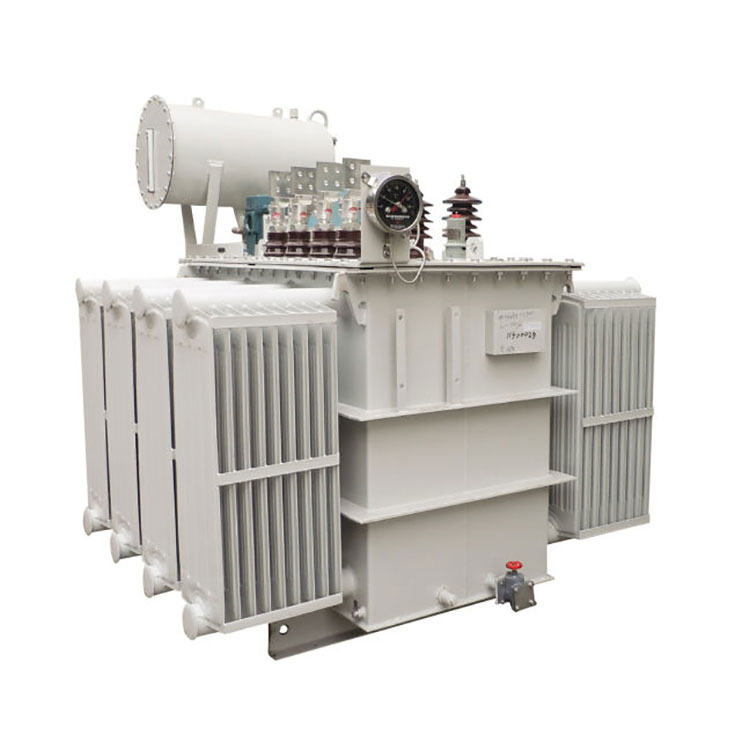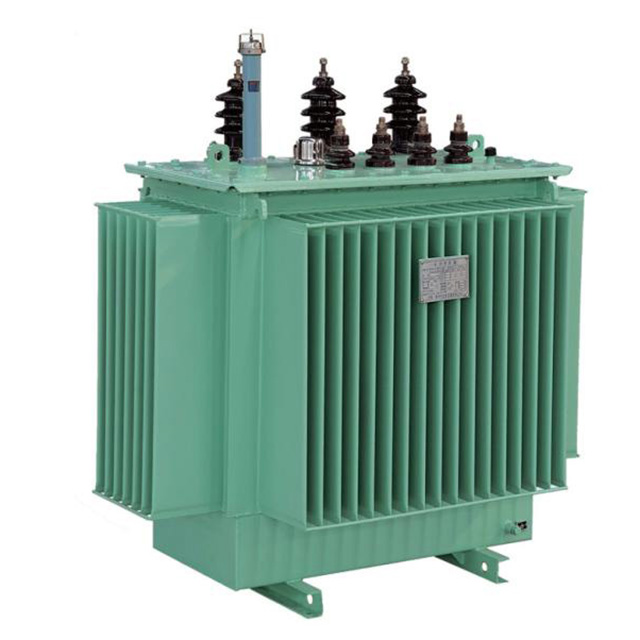- English
- Español
- Português
- русский
- Français
- 日本語
- Deutsch
- tiếng Việt
- Italiano
- Nederlands
- ภาษาไทย
- Polski
- 한국어
- Svenska
- magyar
- Malay
- বাংলা ভাষার
- Dansk
- Suomi
- हिन्दी
- Pilipino
- Türkçe
- Gaeilge
- العربية
- Indonesia
- Norsk
- تمل
- český
- ελληνικά
- український
- Javanese
- فارسی
- தமிழ்
- తెలుగు
- नेपाली
- Burmese
- български
- ລາວ
- Latine
- Қазақша
- Euskal
- Azərbaycan
- Slovenský jazyk
- Македонски
- Lietuvos
- Eesti Keel
- Română
- Slovenski
- मराठी
- Srpski језик
33 0.415kv 3 Phase 400 Kva Transformer
Send Inquiry
Video
The 33 0.415kV 3 phase 400 kVA transformer maintenance:
1.Maintain Clean and Dry Conditions:
33 0.415kV 3 phase 400 kVA transformers are electrical equipment that operate with high temperature and high voltage alternating currents inside. Therefore, it is essential to keep them clean and dry during operation. Excessive dust in the working environment can lead to damage to electrical components and reduce the transformer's heat dissipation capacity, impacting its lifespan and safety. Proper cleaning can extend the transformer's lifespan and ensure its normal operation.
2.Regularly Inspect Electrical Connections:
Frequent inspections of electrical connections are necessary to ensure that all terminal nuts are securely fastened, there are no signs of burning on terminal boards, and insulation gaskets are not aged or fractured. If any issues are detected, they should be promptly addressed to prevent disruptions to normal operation or safety incidents.
3.Focus on Corrosion and Moisture Prevention:
33 0.415kV 3 phase 400 kVA transformers are often exposed to damp environments during use, so it is important to focus on corrosion and moisture prevention. Moisture protection can be implemented within the substation according to the specific design recommendations. Properly protecting the transformer equipment can reduce damage and extend its service life.
4.Conduct Regular Insulation Testing:
The winding coils of 33 0.415kV 3 phase 400 kVA transformers are insulated, so regular insulation testing can determine whether the insulation of the equipment meets the required standards. When testing insulation quality, it is essential to calibrate the instruments used and strictly follow the standard procedures during measurements. If any failures are identified during testing, arrangements should be made for maintenance or equipment replacement to ensure that performance is not compromised.
The 33 0.415kV 3 phase 400 kVA transformer Technical Data:
| Rated Capacity: | 400 kVA; |
| Primary Voltage: | 33kV; |
| Secondary Voltage: | 0.415 kV; |
| No Loading Loss: | 575 ± 10% W; |
| Loading Loss: | 6385 ± 10% W; |
| Impedance: | 6.5%± 10%; |
| Insulation Type: | oil type or cast resin; |
| Winding Material: | Copper or Aluminum; |
| Cooling System: | ONAN for Oil type, AN/AF for cast resin type; |
| Temperature Rise(oil top/winding average): | 60K/65K or to adhere IEC 60076; |
| Core material: | cold rolled grain oriented steel. |
CONSO·CN the 33 0.415kV 3 phase 400 kVA transformer Detail:
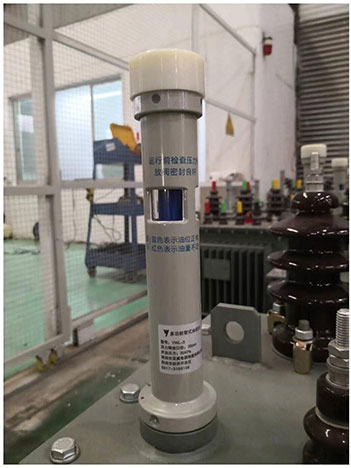
Oil Filled
|
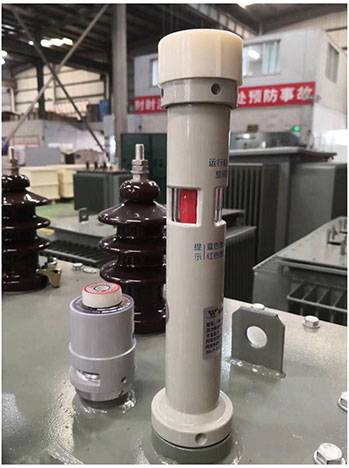
Oil Emptied
|
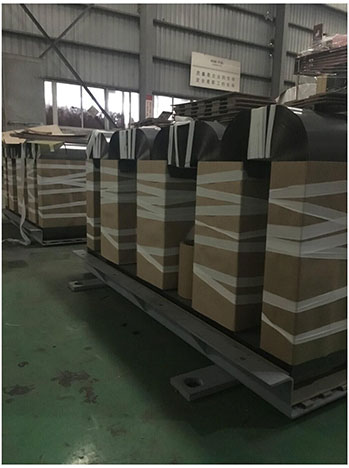
Amorphous Alloy
|
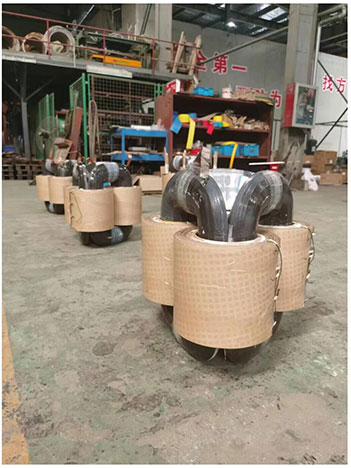
Rolled Iron Core
|
CONSO·CN the 33 0.415kV 3 phase 400 kVA transformer Workshop:
|
Winding Workshop |
Coil Drying Area |
Oil Filling Area |
Finished Product Area |
the 33 0.415kV 3 phase 400 kVA transformer Testing Center:

the 33 0.415kV 3 phase 400 kVA transformer Producing Equipment:
|
Transformer Oven |
Casting Equipment |
Foil winding machine |
CONSO·CN the 33 0.415kV 3 phase 400 kVA transformer Ready to Ship:

Package method:
|
Wooden Box |
Steel Structure |





